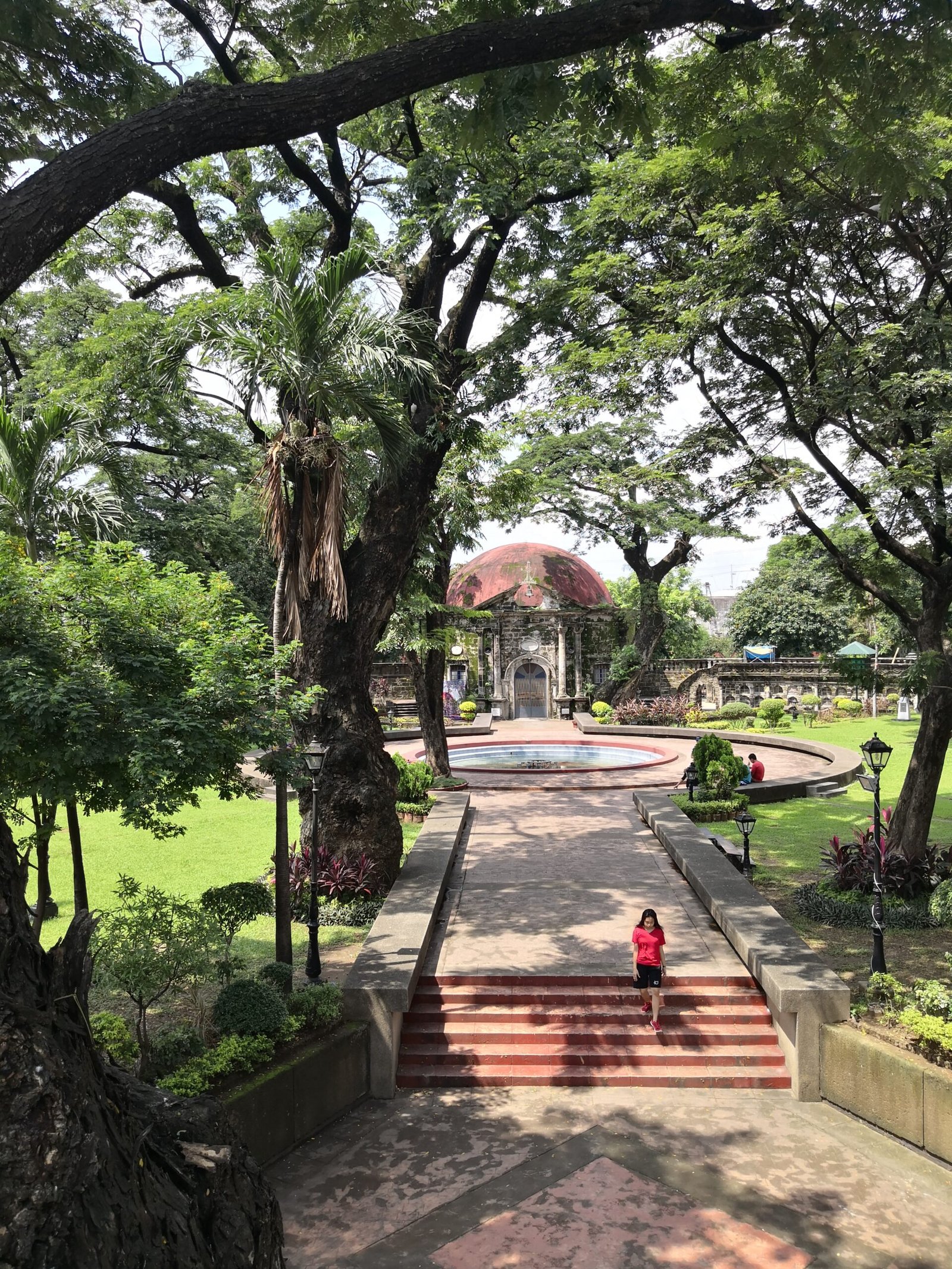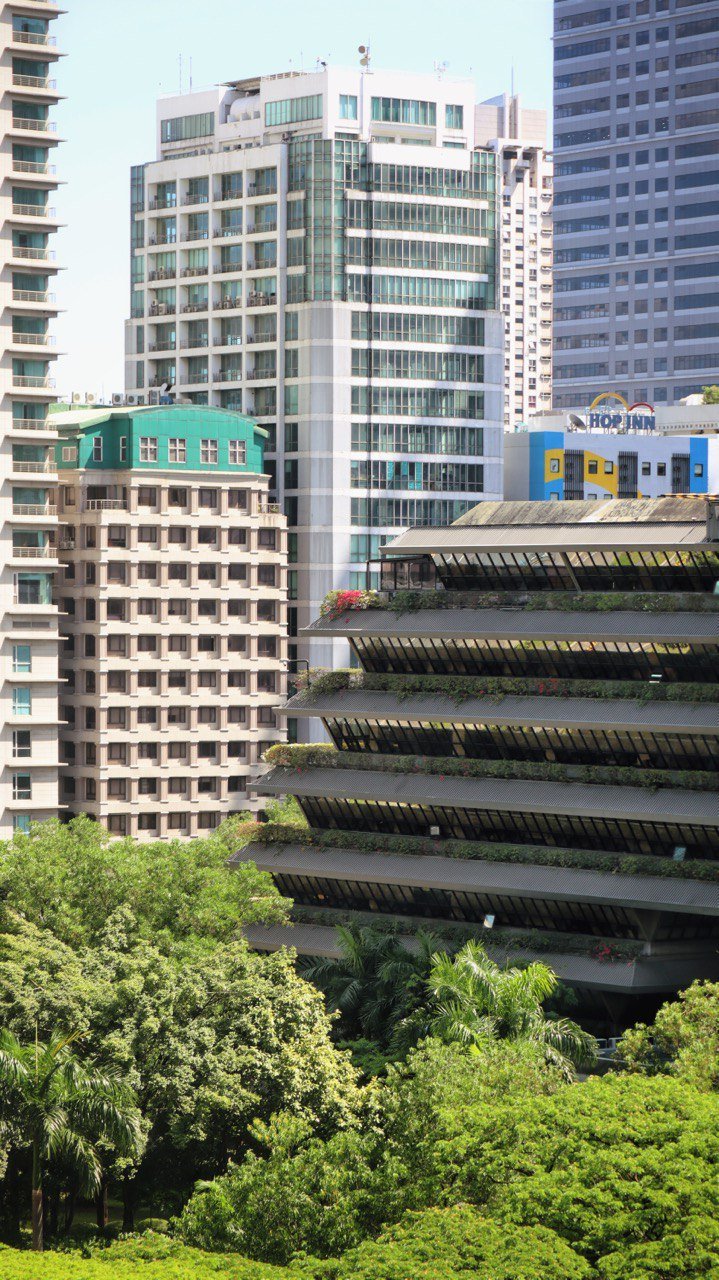Words Gabrielle de la Cruz
Images Patrick Kasingsing and Wikimedia Commons
An IP Santos work emanates a quiet harmony; it catches the eye not with showy design acrobatics, but through balanced compositions that make architecture and landscape inseparable partners. He does this with the subtlest of touches; a water feature here, a row of endemic trees there, perhaps a sculpture as an anchor piece. It helped that the National Artist also trained as an architect; his understanding of built space gave him a keen eye on what landscape can do to support architecture, but also how architecture can highlight landscape.
The quiet brilliance of IP Santos is most evident in his work for the Cultural Center of the Philippines front lawn (in collaboration with National Artist for Architecture Leandro Locsin), Makati Commercial Center (now Ayala Center), and Rizal Park. But before these masterworks came into being, let us first recount the beginnings of the man widely recognized as the Father of Philippine Landscape Architecture.


Santos graduated from the University of Santo Tomas with a degree in architecture in 1954. He took up a second and master’s degree in the same program abroad, studying at the University of Southern California in Los Angeles. He is among the pioneers of landscape architecture as a profession in the Philippines, granted the “Patnubay ng Sining at Kalinangan” Award by the City of Manila in 1972.


Archives: Asian Institute of Management by IP Santos. Scanned from the Philippine Arts and Architecture magazine.
Born to Filipino poet Ildefonso Santos, IP Santos crafted clean lines of his own. During his official state memorial service at the Cultural Center of the Philippines (CCP) on February 2, 2014, landscape architect Paulo Alcazaren said in tribute: “Instead of lines, IP’s works are walks and esplanades. Instead of stanzas, IP created shaded outlooks, courtyards, and vibrant plazas…Instead of the colorful words that his father used, IP had shrubs and trees.” Indeed, Santos’ works could be described as visual poetry—demonstrating the possibility of a natural harmony between buildings and their surroundings.
Green details of the San Miguel Head Office in Ortigas. Photographed by Patrick Kasingsing.
Included in Santos’ well-rounded portfolio are some of Metro Manila’s most iconic parks such as Paco Park, Rizal Park, Burnham Park, and the Loyola Memorial Park in Marikina. He is also recognized for his elegant green display for the old Manila Peninsula waterfalls, which stands as a breather within Makati City’s busy streets until now. Santos also designed the fitting landscape of the Taikoo Shing Complex in Hong Kong, a residential development established in the 1970s to the 1980s. It is said that his design for Taikoo Shing “set the trend in Asian landscape architecture for residential complexes from the 1980s onwards.”


Santos was recognized as a National Artist for Architecture in the Philippines in 2006. In Proclamation No. 1068, it read that the works and achievements of IP Santos in the field of Architecture are “reflective of this preeminent excellence, and of the national genius that contributes to the artistic heritage of the Philippines and the world.” His contributions to the Philippine landscape continue to serve as visual reminders, proving that our nation’s identity could be preserved in the way we define and underline the value of our spaces. •
Information obtained from ancx/culture and varsitarian.net





One Response